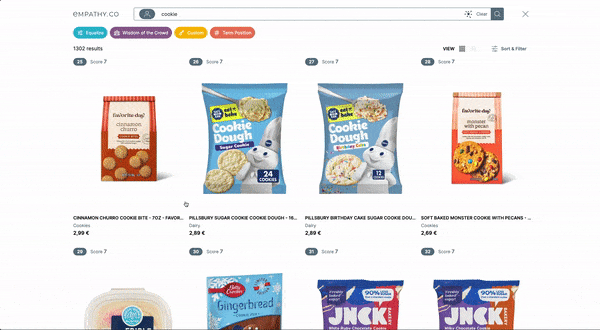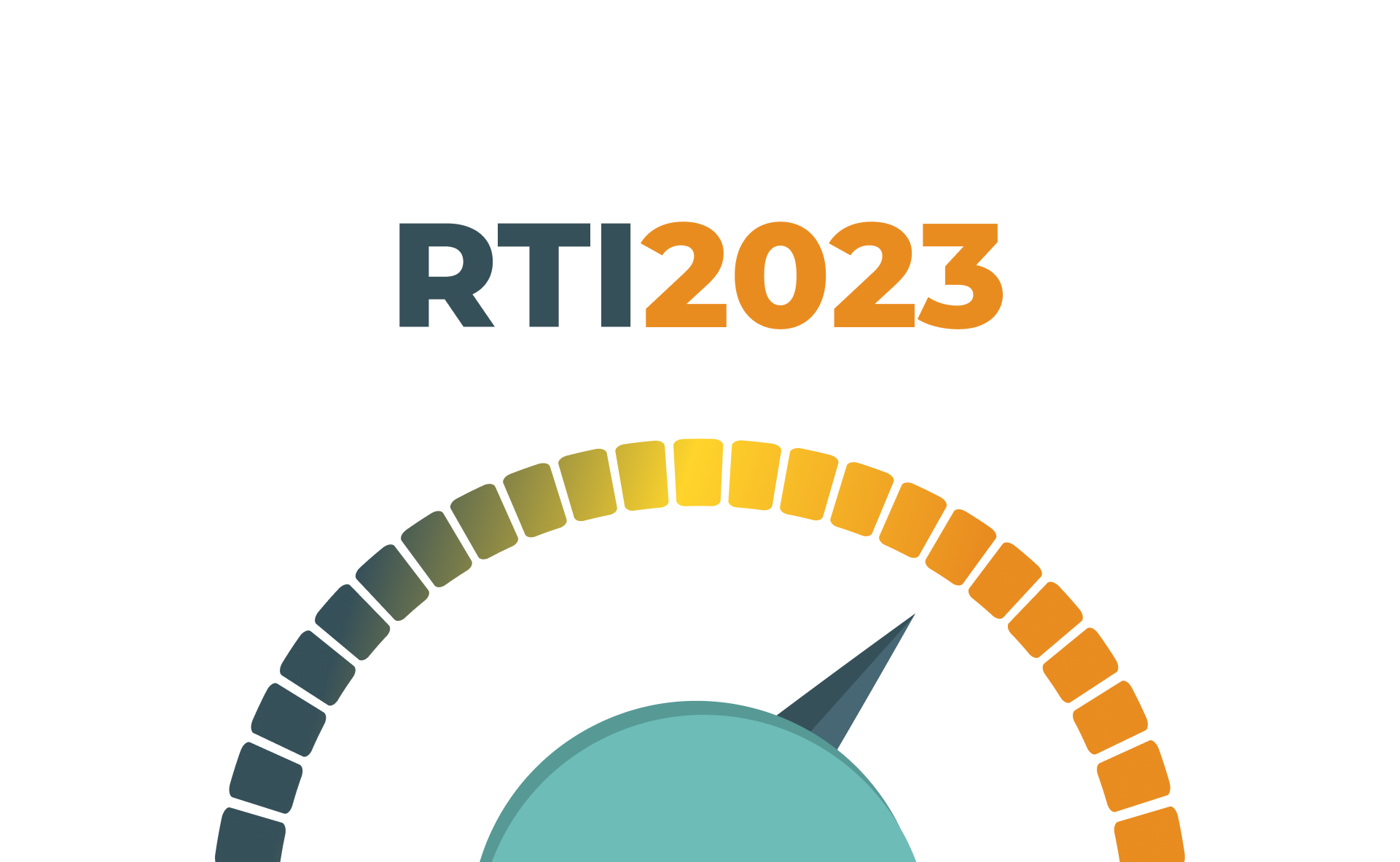The Power of Site Search in Digital Marketing
The Power of Site Search in Digital Marketing
October 18 2018
We already know, or should know, that a good site search engine is proven to lift conversions. But what about its use as a means to drive, activate or monitor tailored marketing campaigns?

There are many more ways to interact with customers through a search box than just its use as a box to type queries and find products. Online retailers, especially, can create really innovative and creative social media and digital marketing campaigns through incorporating search boxes as well as the insights learned from within them. Let’s take a look at a few examples.
Building Brand Awareness
A really nice instance of the use of fun and playful interactions within the search box is that of Stradivarius’ campaign on Instagram Stories last March 2018.
Leveraging the impact of the Instagram Spanish influencer @Lavecinarubia, Stradivarius launched a campaign incorporating their yellow products, the favourite colour of the famous influencer. On Instagram Stories, they asked followers to type “amarillo vecina” (yellow neighbour) into their website search box and see what happened!
 When typing the proposed query a list for fancy yellow products were showed on the results page. As you’d expect the queries on that date increased significantly, and even more so once the own instagrammer revealed herself and shared, also in Stories, a screenshot of the results page after typing the campaign’s keywords.
When typing the proposed query a list for fancy yellow products were showed on the results page. As you’d expect the queries on that date increased significantly, and even more so once the own instagrammer revealed herself and shared, also in Stories, a screenshot of the results page after typing the campaign’s keywords.
But, even more important than the growth in queries, was how the brand innovatively interacted with their customers and followers, encouraging them to visit their website and creating a really positive and cool experience while encouraging the use of site search.
Stradivarius thought out-of-the-box to find a way to reach their audience of millennials and demonstrated a fun and innovative way for a brand to use a search box and enhance the search and customer journey.
Creating a Multi-Platform Experience
As Instagram doesn’t allow links, we’ve become used to, mundanely, having to go into the bio for a link to a website or going into a pop-up window through the shopping stickers. However, Monsoon came up with a clever alternative by providing users with the keywords to enter directly into their search box. This made the mobile navigation frictionless as it enabled their followers to go straight to the browser or app to see a product page without having to leave their social media page to enter a link.
 On its social networks, the UK fashion retailer doesn’t specifically ask followers to go to their search box, like we saw in the previous example, but instead provides keyword suggestions to be able to find products within a specific category or campaign.
On its social networks, the UK fashion retailer doesn’t specifically ask followers to go to their search box, like we saw in the previous example, but instead provides keyword suggestions to be able to find products within a specific category or campaign.
In the same way, the Spanish brand Mango often provides the product reference numbers relating to the items within their campaign photoshoots, providing a call to action to easily find and view the products on their own website. This offers a great way to interact with their customers and followers by providing references and an easy way to locate, through the search box, of course, exactly what users are interested in and looking for.

 The ecommerce giant ASOS follows a similar approach but also includes Instagram shopping tags in their photos. By providing both the reference number and the keywords to find a product, ASOS encourages their followers to go straight to their app or website while providing them with tips and guidance to explore, discover new products and have an inspirational and joyful customer journey.
The ecommerce giant ASOS follows a similar approach but also includes Instagram shopping tags in their photos. By providing both the reference number and the keywords to find a product, ASOS encourages their followers to go straight to their app or website while providing them with tips and guidance to explore, discover new products and have an inspirational and joyful customer journey.
 It’s important to note, that for this kind of strategy to work the retailer needs to allow SKU searches on their site. Also, additional search box features like providing suggestions as the user starts to type or offering instant results can have a really nice effect on the user experience as they don’t even have to type the whole reference number or product name.
It’s important to note, that for this kind of strategy to work the retailer needs to allow SKU searches on their site. Also, additional search box features like providing suggestions as the user starts to type or offering instant results can have a really nice effect on the user experience as they don’t even have to type the whole reference number or product name.
Measuring Campaigns and Spotting Trends
Reviewing and analysing real-time customer searches can provide really useful information about market trends and the most demanded or sought-after products at a specific moment. Sometimes these patterns are the result of marketing campaigns, like we saw with “yellow neighbour”, but sometimes they can be the influence of external factors such as the weather or what a celebrity has been photographed wearing.
Identifying these search trends and user behaviours quickly can present big opportunities to retailers and a way of leveraging these is through
real-time query visualisations.
 Detecting trends and special keywords can also help online marketers to track and monitor the success of campaigns or media events, understanding the demand and impact of different products following a particular event or occasion, such as the article published by Harper’s Bazaar magazine about ‘high neck dresses’ after the Royal Wedding.
Detecting trends and special keywords can also help online marketers to track and monitor the success of campaigns or media events, understanding the demand and impact of different products following a particular event or occasion, such as the article published by Harper’s Bazaar magazine about ‘high neck dresses’ after the Royal Wedding.
 What’s more, retailers can also offer the option for users to see the trending queries from the search box. After all, most of us suffer a little from FOMO and this also presents a nice way for brands to generate curiosity in their customers from the most popular searches.
What’s more, retailers can also offer the option for users to see the trending queries from the search box. After all, most of us suffer a little from FOMO and this also presents a nice way for brands to generate curiosity in their customers from the most popular searches.
Takeaways
The search box offers great potential for marketers to not only get really creative but to produce fun, playful and insightful campaigns. Ones that…
- Improve customer retention and loyalty by helping customers find products more easily.
- Enrich the brand and customer interaction through enhancing the user experience, increasing customer satisfaction and improving the user journey.
- Increase site usage and sales as search users are proven to be more likely to spend more time on the site and spend more, while also boosting the number of registrations and return visits.
- Offer the ability to measure the impact of trends and campaigns as using search performance KPI’s and query analysis can help determine success and effectiveness.
Don’t be boring, be inspirational!










